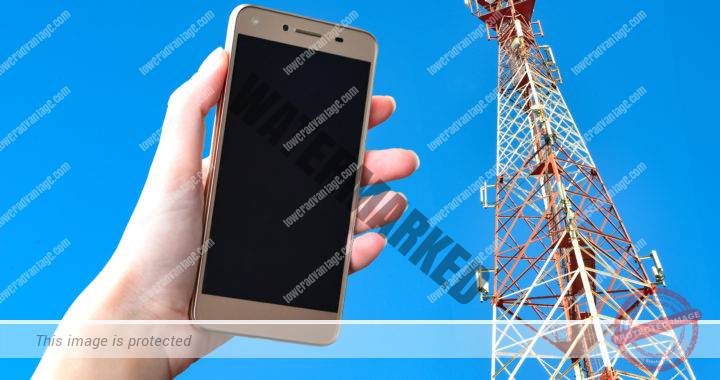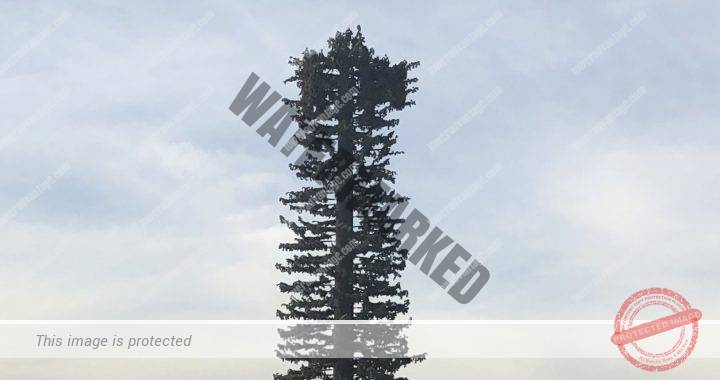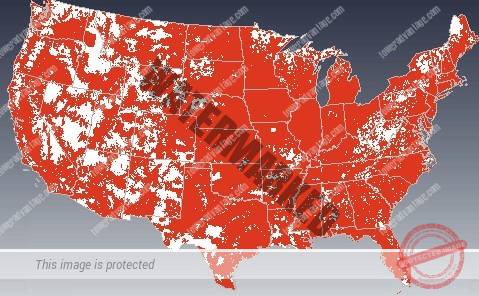In this day and age, we may take for granted the technology that makes our portable phones work – that’s right, I said “portable” – since we can take them almost anywhere we want to go now-a-days!
How Do Cell Towers Work: The Basics
A cell phone emits electromagnetic radio waves which are known as radio frequency (RF) signals. The main purpose of a cell tower is to transmit and receive those RF signals.
When you use your cell phone, the closest cell phone tower picks up those RF signals for transmission. Cell phones are basically advanced two way radios – constantly sending and receiving signals, to and from the antennas located on the cell towers.
Uplink Versus Downlink
When your telephone sends a signal to the cell tower, it is called an “uplink”. When the cell tower sends a signal to your cell phone, it is called a “downlink”. The terms we are familiar with are “upload” and “download”. The upload and download use different RF signals, that way the signals do not interfere with each other.
Remember Using a Walkie-Talkie?
You had to tune to the same frequency as your friends to talk and listen to them; however, you could not both talk and listen at the same time. That is because the frequency was used for both talking and listening, so only one person could talk at a time.
That is the reason we said “over” after someone was done talking. It let everyone else know that another person could begin talking. Separate RF signals avoid this problem. One is for talking and one for listening – which is how your cell phone works with a cell tower.
Words Into Wires?
What happens after your cell phone has taken your voice, converted into electromagnetic waves, and transmitted it to the cell tower? The cell tower antennas then convert the RF signals into light pulses. Then, they are carried down to the base transceiver box at the base of the tower. At which point, they can be sent out at the speed of light, anywhere around the world. This process is reversed once the light pulses arrive at the destination tower, but how can a call reach someone when they can be anywhere at anytime?
How Does A Cell Tower Direct A Call To You When You Could Be Anywhere At Anytime?
This is a complex process, but here is a simplified explanation. A group of cell towers in a specific area are connected by wires to a central point called a Mobile Switching Center (MSC). As you can imagine, there are thousands of MSCs around the world – all interconnected by wires – each with many cell towers that are part of each of their particular network.
Each MSC has SIM cards that are registered with it, and so that will be that particular phone’s “Home MSC”. Your Home MSC stores information such as your service plan, your current location, and your activity status. In my case, my Home MSC is in my local area – San Diego – where my SIM is registered.
Whenever you take your cell phone outside of the range of your Home MSC, the new MSC that you are near – known as a Foreign MSC – will communicate with your Home MSC, so it will always know where you are located.
When your cell phone is on, it is not in airplane mode, and it is within range of a cell tower, that cell tower recognizes your phone using RF signals. The MSC to which the cell tower you are near is connected – again, either your Home MSC or a Foreign MSC – then routes the call to you.
Contact us if you would like to learn more about how cell towers work.
We can help you with your cell tower site!
(833) MY-TOWER
(833) 698-6937
![]()










